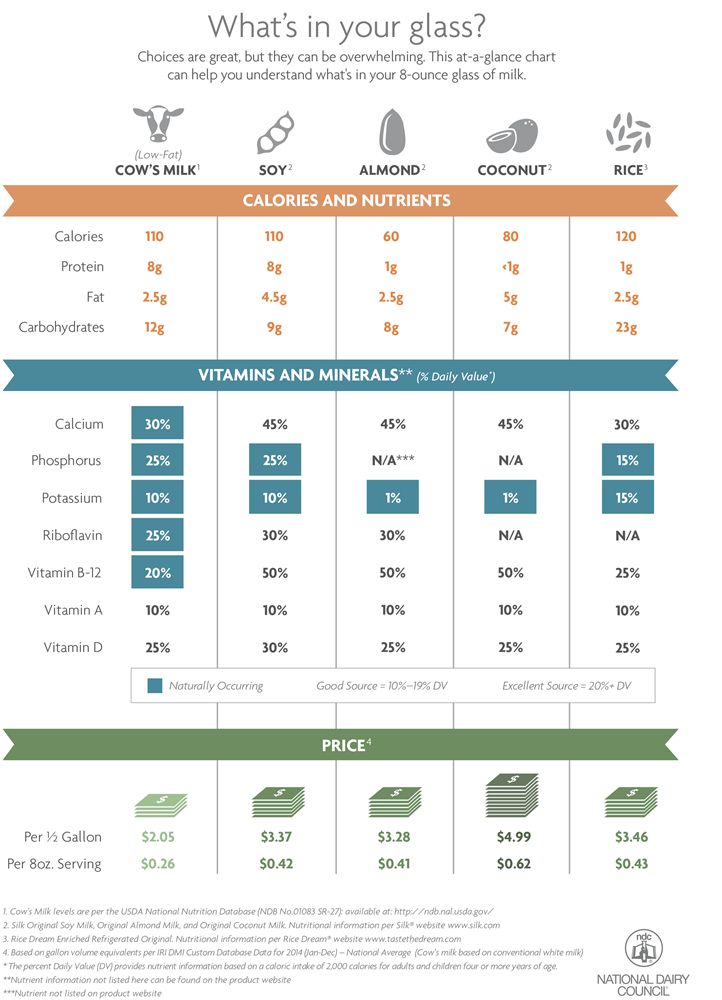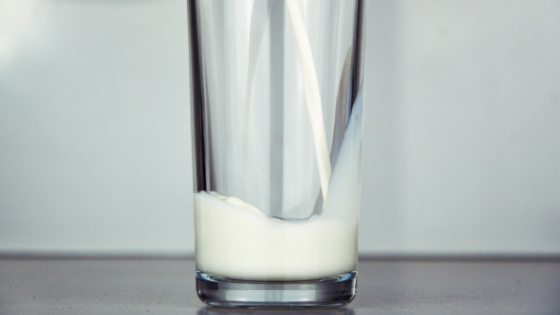What’s the Difference Between Dairy Milk and Non-Dairy Alternatives?
While you might find non-dairy alternatives next to cow’s milk at the grocery store, how do they stack up against each other? Are plant-based drinks providing the same nutrients? Should you substitute one for the other?
We have had a long history of drinking milk. For good reason, too. It’s a drink with nine essential nutrients, including calcium (builds strong bones!) vitamin A, (keeps skin and eyes healthy!) and vitamin B12 (keeps the nervous system healthy!).
Why else would our parents tell us to drink more milk?
When comparing milk to non-dairy alternatives, it's always a good idea to check the labels. Yes, almond and coconut milk may have fewer calories than cow’s milk, but they don’t come quite as close to having the same vitamins and minerals, either. You’ll also notice the ingredients listed are significantly different to one another. Many plant-based alternatives have a long list of added ingredients, including sugar. Whereas dairy milk simply contains milk and vitamins D and A (naturally).
The National Dairy Council created an infographic showing a side-by-side comparison.

If you’re still not convinced about the nutrient powerhouse drink, here are some other key facts about milk from DairyGood:
- Cow’s milk is naturally rich in certain nutrients, like calcium and vitamin B12. While plant-based alternatives are often fortified with nutrients they don’t contain naturally.
- Dairy consumption is linked to improved bone health. This is especially true in children and adolescents.
- The Dietary Guidelines for Americans do not include alternative beverages, other than soy beverages fortified with calcium, vitamin A and D, in the dairy group because “their overall nutritional content is not similar to dairy milk and fortified soy beverages.”
Do you have anything to add? Share your comments with us below.


